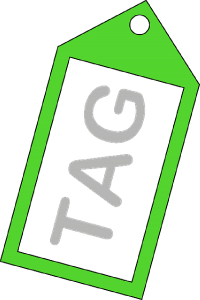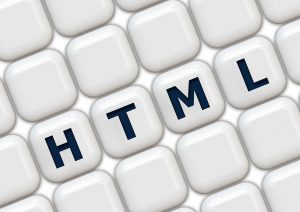Basic Things You Need To Know About On-Site SEO
Most people use search engines to find out information about anything they can think of.
So, most website owners need to get the highest rankings on various search engines to get traffic.
Website owners like this kind of traffic because it serves as a gauge of a specific website’s usefulness.
To get people to enter a website, that particular website should at least be in the top 3 rankings of a search engine. So, what makes traffic possible? This can be done in various ways, one of which is by using On-site SEO. This technique doesn’t involve any third-party website or any other social media platform.
On-site SEO provides a way for web owners to get to the top of search engine results just by using keywords. For example, a person would like to find out more about a particular show. That person types in let’s say “The Simpsons” into a search engine. Google will then provide search results on it and will display websites that are most related to the search involved. How will the search engine determine what sites are related to the search? The answer to that is on-site SEO.
This technique involves using specific keywords and optimizing websites by placing keywords strategically in various parts or pages of the site. It provides a more natural or organic way to entice people to visit a particular website.
Here are a few things you should know to do this effectively.
1. Know your keywords
 Keywords are very important in on-site SEO. These are the terms that people use to type in their queries in search engines. Keywords should be designed to lure in people to your particular niche. So, if your website is about ladies’ shoes, choose a keyword that is going to be most likely used by women looking for lady’s shoes.
Keywords are very important in on-site SEO. These are the terms that people use to type in their queries in search engines. Keywords should be designed to lure in people to your particular niche. So, if your website is about ladies’ shoes, choose a keyword that is going to be most likely used by women looking for lady’s shoes.
2. Optimize your keyword

It is not enough just to know your keywords. You should also optimize or strategically place it on your website. For optimum results, it is believed that one keyword should appear for every hundred words. So if your website content is around 600 words in length, the keyword should only appear at most 6 times throughout the entire page.
When it comes to keyword placement, the flow of sentences should come in naturally and flow smoothly throughout the entire site.
3. Optimize your Title Tag

Whenever a person visits a site, the first thing he or she will notice will most likely be the title. Hence, the title should be optimized to make visitors stay and take their time to look over the entire website. The title should also contain the main keyword to make visitors know that they are in the right place and that the website is relevant to their search.
The title page will be the very first tool you can use to differentiate your website from the other millions of websites available online.
4. Optimize Meta Tag

Meta tags should also be optimized by including the main keywords. The description meta tag that is usually around twenty-five to fifty words in length should have at least one keyword. Again, it is important to include the keyword properly by naturally making it a part of the description.
5. Optimize your Images

If you have images on your website, you should also optimize images. You can do so by using any type of HTML editor. Using the HTML editor of your choice, locate your images and code it with the keywords.
There are a lot of ways to optimize websites, but this technique is probably the most cost-effective method.
Top Secrets to Successful Implementation of SEO Strategies:-
[ CLICK ]


